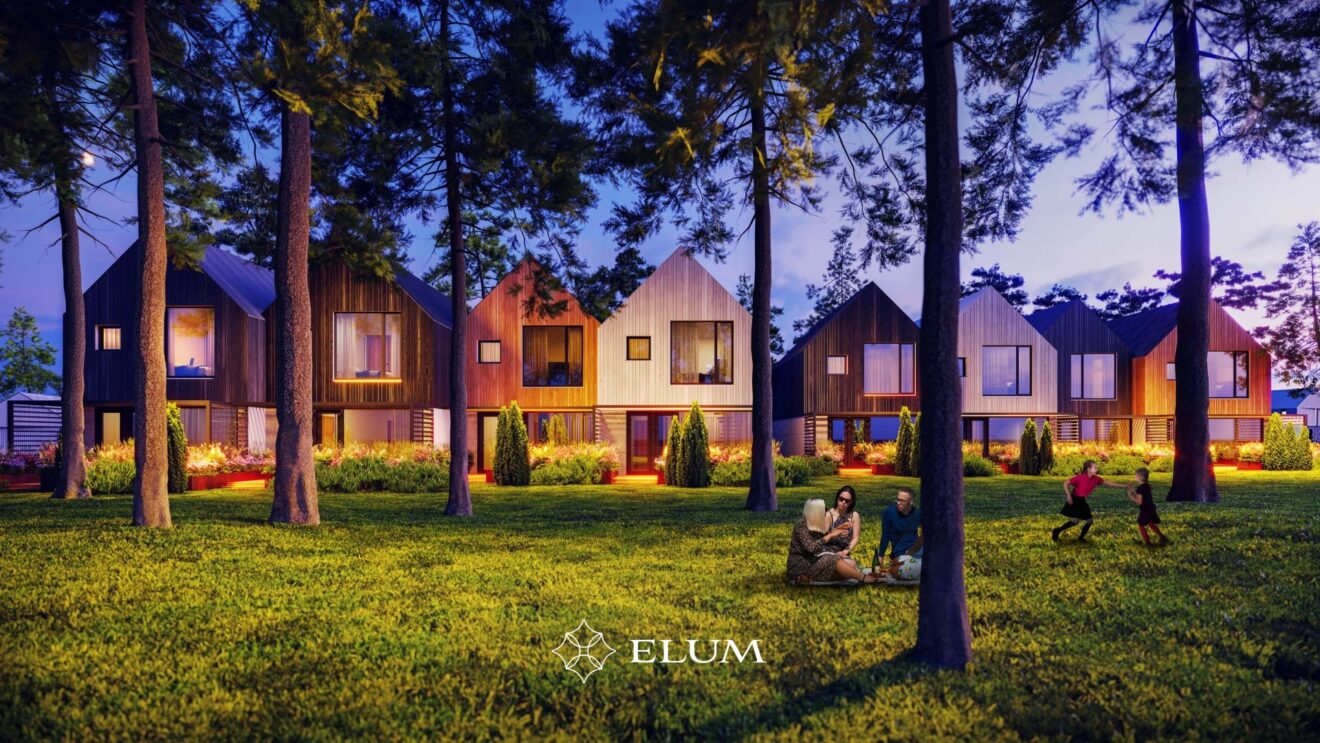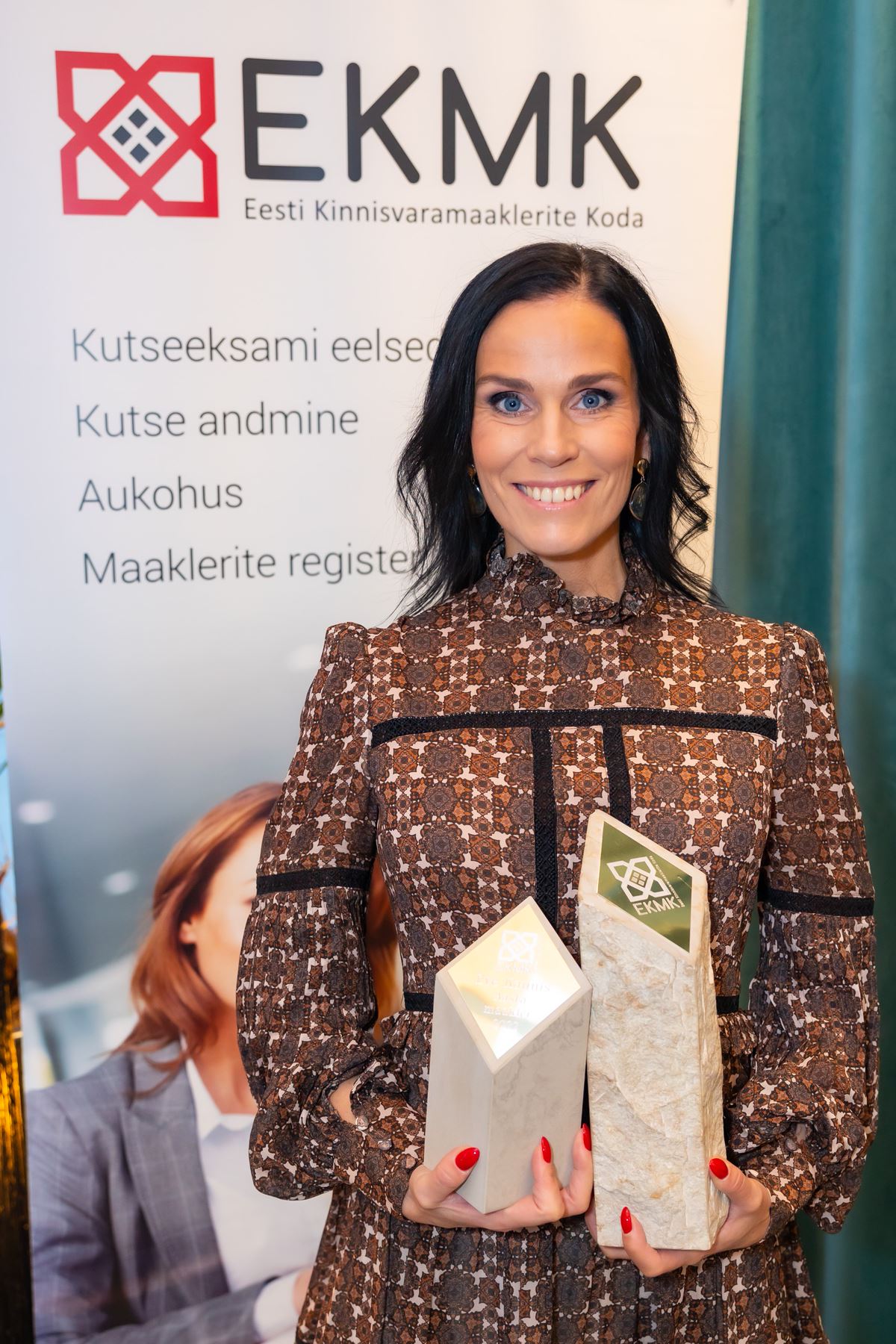Preliminary work on plot acquisition
People often want to build a house, but first of all, they don’t know where to start. Before purchasing a plot of land, a precise plan must be drawn up and thorough preliminary work done. “There have been situations where a project is ordered and then a plot is purchased, but then it turns out that the house does not fit on the plot of land. It is also worth determining whether, for example, trees can be cut down on the plot – if not, then the construction area will be reduced by that amount. The location of power lines must also be taken into account, because a house cannot be built under them.”
When choosing a suitable plot, you need to familiarize yourself with what can and must be built on it. In addition, are there public water and electricity connections and, of course, access to the plot. “From time to time there are situations where, for example, the road is privately owned and therefore access is limited. Fortunately, this happens rather rarely, because generally when the developer builds a house, the road is handed over to the municipality.”
However, an unexpected expense can arise in the form of a water connection contract. “Connections are very expensive in each region, and water mains have to be built at their own expense in the worst case. As a result, it is worth familiarizing yourself with whether the connections are provided or whether you have to start doing them yourself.”
Construction specifics
It is worth taking offers from different companies and not immediately going for the first and cheapest way. “One service provider could be used to ensure the smoothness of the process, because taking foundation work from one and windows from another can cause a lot of confusion. The involvement of a licensed construction expert is important if there is no previous contact with construction or if an old house is being repaired.”
It is not worth saving on building materials, because the life of the building largely depends on them. “The choice of materials has a lot to do with the wallet – in the case of cheaper houses, slightly cheaper wood and plaster are often used, which may not be durable enough. When it comes to materials, if possible, it would be better to prefer high-quality and more expensive maintenance-free materials, because in our climate, the first thing to think about is that the material will last a long time.”
Economy and heating solutions
You might think that it is cheaper to live in an apartment, but this may not always be the case. “In the case of a new and economical private house, the utility costs are mostly the same as, for example, when living in a new apartment. In the case of apartments, a long list of expense lines is added, such as maintenance and administration service, repair fund, general electricity and much more. When living in a house, residents usually only have to pay for water, electricity and garbage,” Juhanson made a comparison.
When choosing a heating solution for the house, however, alternatives should be considered, for example, in addition to natural gas heating, the house could have a fireplace, which is useful in case of high energy prices or a power outage. “At the moment, older private houses, which were once built relatively large and only had electric or gas heating, are in the worst condition. Today, however, very large buildings are not built, because there is a lot of surface to be heated and it is rather difficult to sell them. Houses of 150-200 square meters are the most expensive on the real estate market.”
Juhanson admits that, unfortunately, nothing will become cheaper in the future, but more expensive. “The materials market has stabilized, but there is rather no price drop to be seen. The same applies to the workforce – the weekly salary of a decent builder is around €2,000-4,000,” stated the real estate agent.




